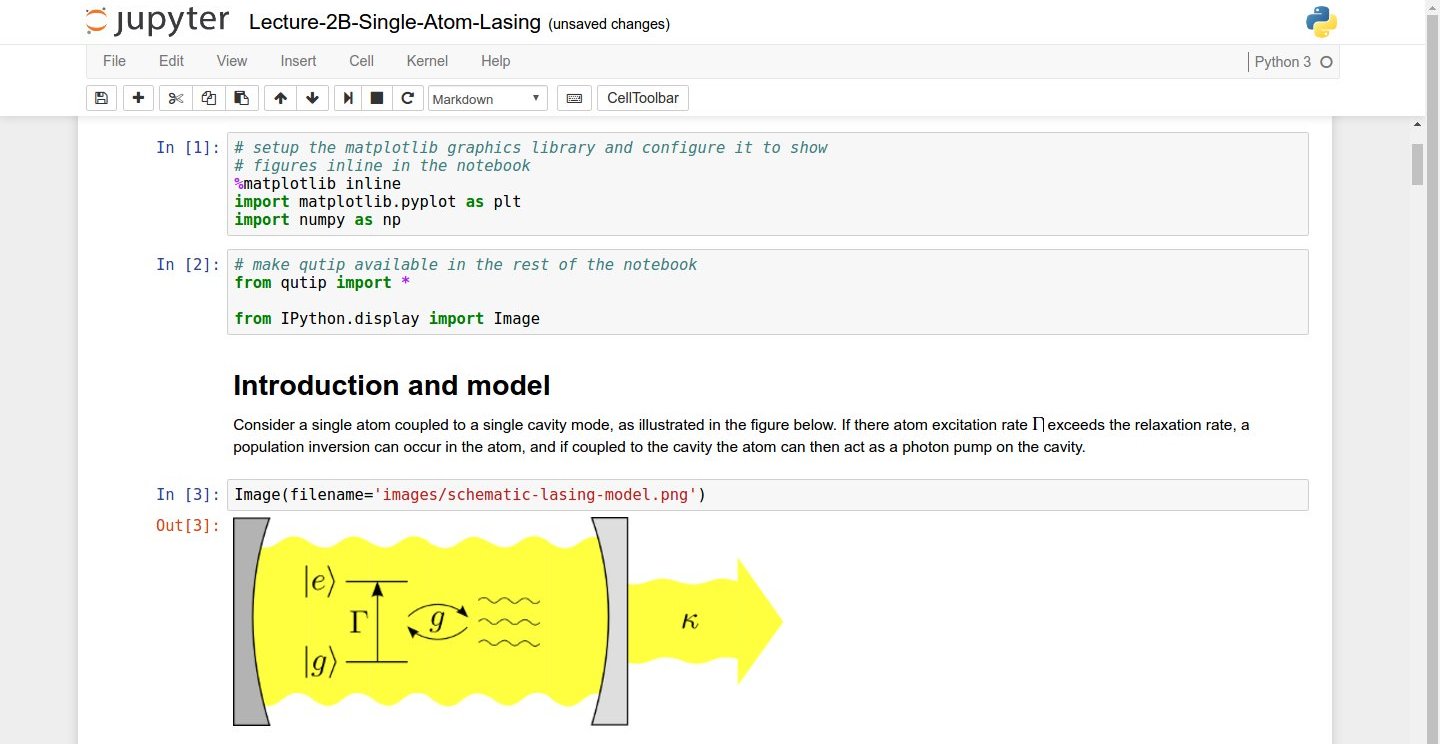
- #Jupyter notebook note markdown how to
- #Jupyter notebook note markdown install
- #Jupyter notebook note markdown code
Remember that shell commands can be added to notebook cellsīy prefacing them with an exclamation mark !, # to get a single html file instead of a separate directory for images # Append `-ExtractOutputPreprocessor.enabled=False` (after the toc2 extension has been installed): jupyter nbconvert file.ipynb -to html_toc Which can be used directly with nbconvert from the command line The toc2 extension mentioned above adds an export format called html_toc,
#Jupyter notebook note markdown how to
Nbconvert can be used to export notebooks to HTMLįollowing rules of how to format the exported HTML. (which I personally think looks cleaner). The inserted cell is a markdown cell with html in it,Ĭan be configured in the "Nbextensions" tab Save the notebook and the ToC cell will be there (see the gif below if you can't find it),Ĭlick the gear icon and check the box for
#Jupyter notebook note markdown install
Install toc2 as part of the jupyter_contrib_nbextensions bundle: conda install -c conda-forge jupyter_contrib_nbextensionsĪnd open the notebook in which you want to add the ToC. Or automatically via the toc2 jupyter notebook extension This can either be done manually as in Matt Dancho's answer, This extension is included by default since JupyterLab 3.0, in older version you can install it with the following command jupyter labextension install the notebook as a cell That can number headings, collapse sections, and be used for navigation (see gif below for a demo). The jupyterlab-toc extension adds the ToC as a side panel In a notebook while working in and exporting from JupyterLab. I wrote this answer to detail the possible ways of including a ToC
#Jupyter notebook note markdown code
You can also specify the language of your code by including the language name after the first set of backticks.There are already many good answers to this question,īut they often require tweaks to work properly with notebooks in JupyterLab. This will create a syntax-highlighted Python code block in your notebook. To create a fenced code block in Markdown, simply surround your code with three or more backticks, like this: ```() How to Use Fenced Code Blocks in Jupyter Notebook In Jupyter Notebook, fenced code blocks are rendered as syntax-highlighted code cells, which can be executed just like regular code cells. Fenced code blocks are useful for showing examples of code or documenting your own code. They are called “fenced” because they are surrounded by a fence made up of three or more backticks. Here’s how: > This is a blockquote.įenced code blocks are a feature of Markdown that allow you to include code snippets in your document. Markdown also allows you to create blockquotes, which are useful for quoting text from external sources.

To add a horizontal rule to your Markdown cell, you can use three or more asterisks, like this: *** To add links and images to your Markdown cell, you can use the following syntax: ()

Markdown also allows you to create ordered and unordered lists.

You can also create headings using the “#” symbol, like this: # Heading 1 To format text in Markdown, you can use simple syntax like asterisks, underscores, and backticks. How to Use Markdown in Jupyter Notebook Text Formatting To create a Markdown cell, simply click on the “+” button in the toolbar and select “Markdown” from the dropdown menu. In Jupyter Notebook, Markdown allows you to add formatted text, headings, lists, links, images, and other elements to your notebook. Markdown is easy to read and write, and can be converted to HTML, PDF, and other formats.

It was created by John Gruber in 2004, and has since become a popular choice for creating documentation, blogs, and websites. Markdown is a lightweight markup language that allows you to create rich text documents using simple, plain text syntax. In this post, I’ll explain what Markdown and fenced code blocks are, and how to use them in Jupyter Notebook. One of the most powerful features of Jupyter Notebook is the ability to use Markdown and fenced code blocks to create rich, interactive documents. It provides a user-friendly interface for exploring data, creating visualizations, and documenting code. | Miscellaneous Jupyter Notebook Markdown and Fenced Code Blocks: A Comprehensive GuideĪs a data scientist/software engineer, Jupyter Notebook is one of my go-to tools for data analysis, machine learning, and data visualization.


 0 kommentar(er)
0 kommentar(er)
